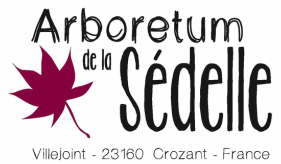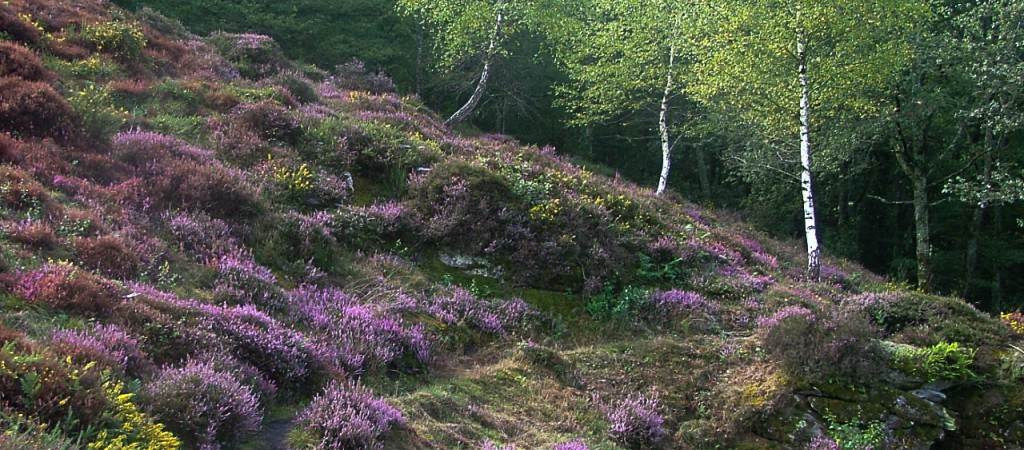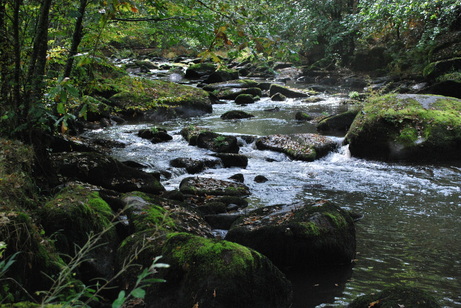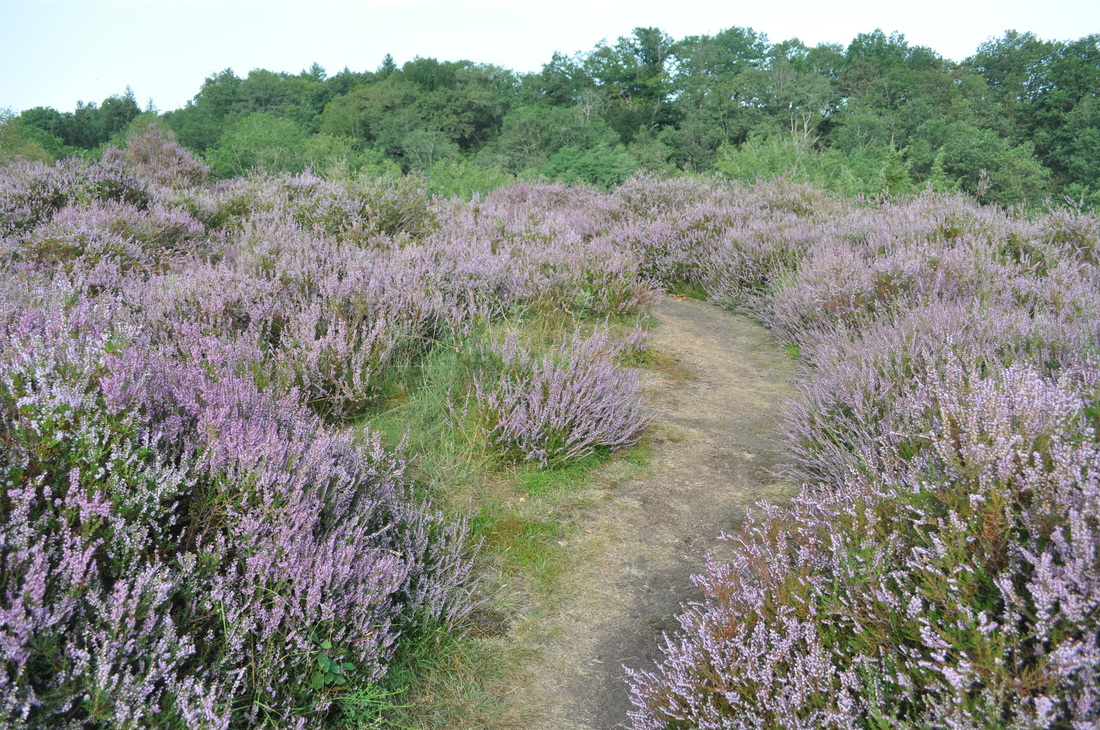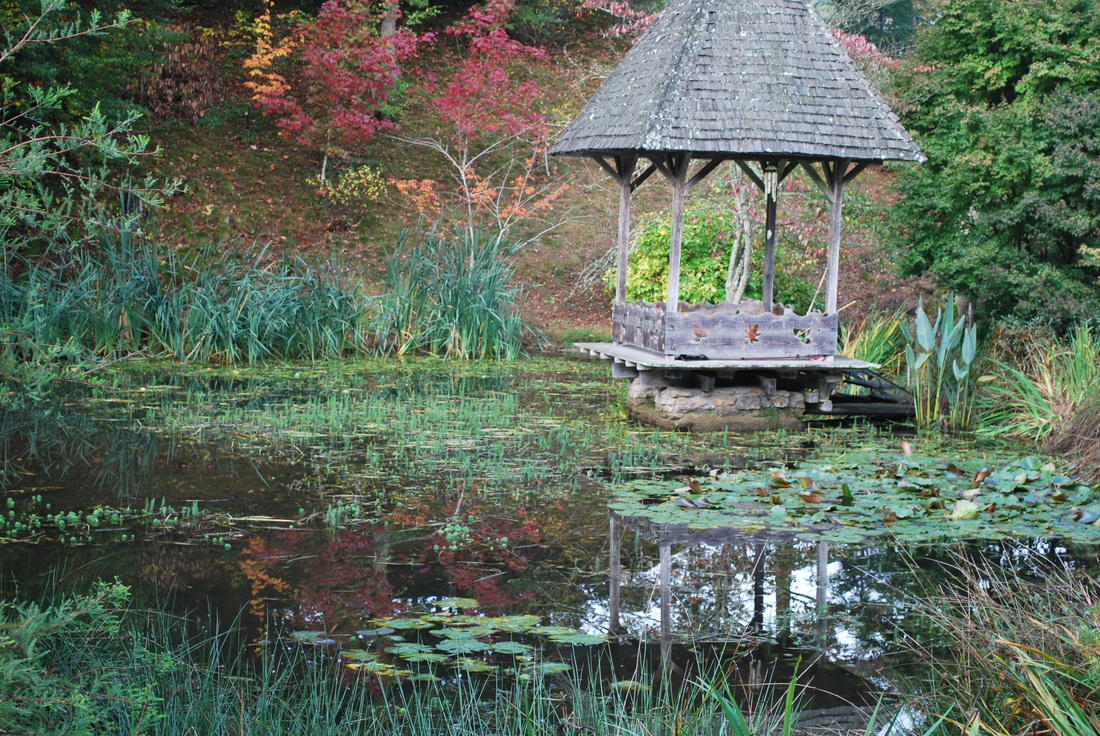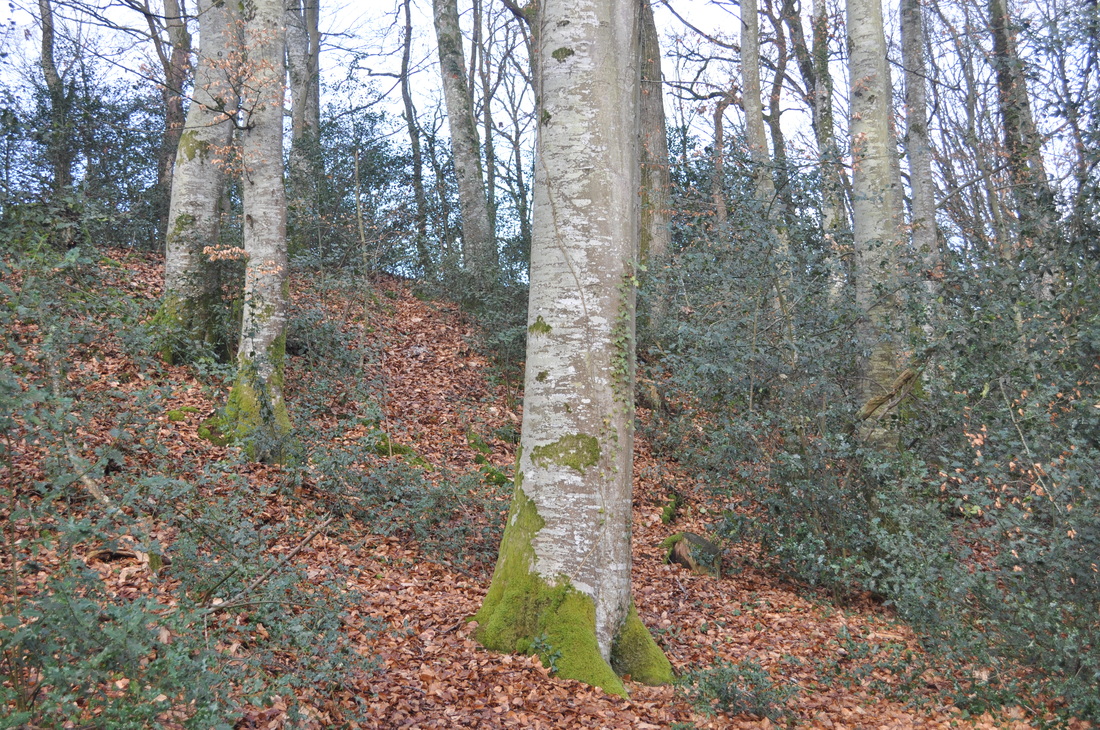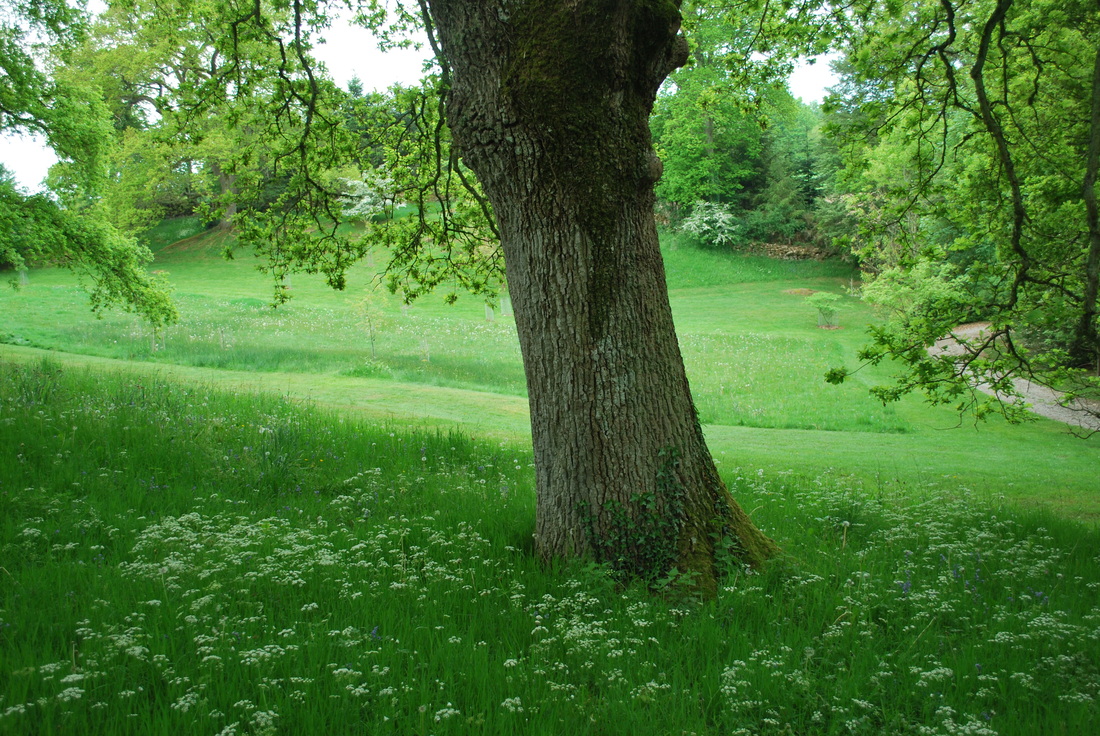The arboretum is organised around five natural or semi-natural habitats.
A natural habitat is an ecological or environmental area where a specific species or community of species live. The development and conservation of the natural habitats within the arboretum is essential to its management. These areas are the reserves of biodiversity of the site and are the spaces that inspire the garden.
THE RIVER
|
The Sedelle, tributary of the Creuse, is a raging torrent or a calm river depending on the season. The great natural beauty and the flowing waters inspire the garden. A naturally wild place, its banks are home to a rich variety of wild flowers such as the early purple orchid (Orchis mascula), purple loose-strife (Lythrum salicaria), yellow loose-strife (Lythrum salicaria), yellow flag iris (Iris pseudacorus), royal fern (Osmunda regalis), cowslip (Primula veris), marsh marigold (Caltha palutris).... The river is a refuge for many insects, amphibians, fish, reptiles, birds and rodents including the secretive otter.
|
THE HEATHLAND
|
Beyond the pond, a path climbs towards the natural landscape of the heath-land. The path crosses vegetation of heather (Erica cinerea and Calluna vulgaris) and silky leaf broom (Genista pilosa). Restoration of the heath-land which was fast being colonised by Spanish broom and bracken began in 1997. Ten years of regular strimming (up to four times a year) and hand weeding have resulted in this beautiful example of a sub Atlantic heath-land typical of this region at the beginning of the 20th century. A landscape that was often painted by the impressionist painters of the Crozant Art Movement (1850 - 1950). Although the heath-land is not rich in plant diversity its botanical interest resides in the fact that it is a habitat that is home to specific species adapted to survive unique ecological conditions. The heath-land is important to many insects and certain bird species such as the European night jar.
|
THE POND
|
The pond, created in 1980, was dug out of a boggy overgrown zone that flooded in winter . Runoff water and underground springs feed the pond. Although man-made 20 years ago the pond has become a natural habitat important to the garden. It is home to a fascinating diversity of insects, amphibians, reptiles, birds and rodents. Protected species such as the common newt, the great crested newt and the grass snake rely on the pond for their breeding season. The kingfisher is a regular visitor. Water loving plants thrive and unfortunately certain plants such as Hippuris vulgaris (Mares tail) have proliferated to a point where they become a problem. We have been unsuccessful in ridding the pond of this recent pest. This habitat has provided ideal growing conditions for plants such as Taxodium distichum (swamp cyprus), Ilex veticillata (winterberry) and Cephalanthus occidentalis (button bush) which thrive on the edge.
|
THE BEECH WOOD
|
The Beech wood with its under-story of holly is an example of a forest in its climax stage, in other-words, having reached a steady state. This is achieved through the process of ecological succession in the development of vegetation in an area over time. This equilibrium is thought to occur because the climax community is composed of species best adapted to the average conditions of the area. Only holly (Ilex aquifolium) and beech seedlings (Fagus sylvatica) survive in the dense shade of the mature beech trees. Some mosses, ferns and wood anemone (Anmone nemrosa) manage to prosper. The beech trunks of 25 to 35 meters have a smooth grey bark. The fruit (beechnut), only produced after 60 years, is an important food source for a variety of fauna (wild boar, squirrel, pigeon, chaffinch). The black woodpecker has a preference for beech trees to hollow out its nesting cavity which it re uses over a number years.
|
THE MEADOW
|
The ancient meadow with its indigenous oaks (Quercus robur), surrounded by dry stone walls, remains little changed from the beginning of the 20th century. In one of the corners is an old stone walled drinking hole, reminding us of an agricultural past where sheep once grazed. The meadow grows on poor acid soil. It is mowed once a year at the end of August when most of the plants have flowered. After the seeds have dropped the hay is removed to avoid enriching the soil with organic matter which encourages the proliferation of the grasses to the detriment of the wild flowers. This management of the meadow conserves the agriculture spirit of this part of the arboretum and encourages the biodiversity of the flora and fauna. The meadow is an important habitat for many different butterflies. The oak collection of the arboretum is found here.
|
